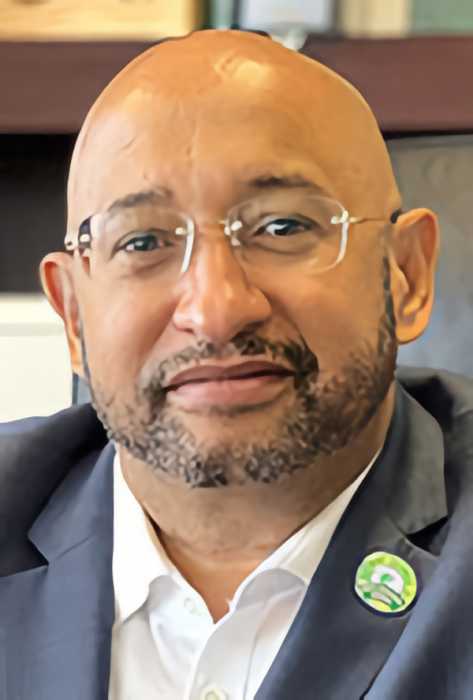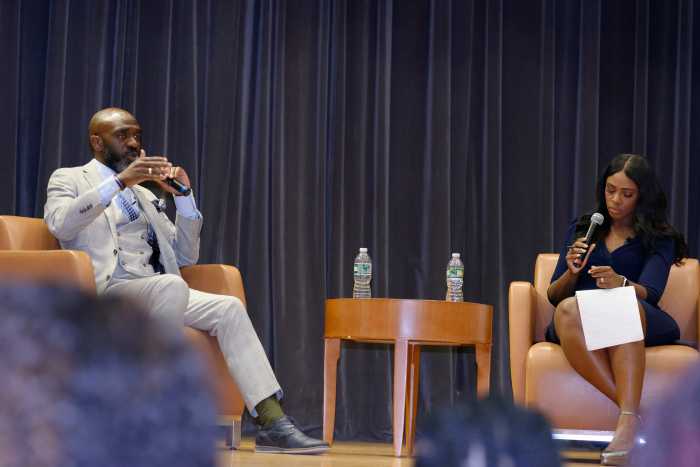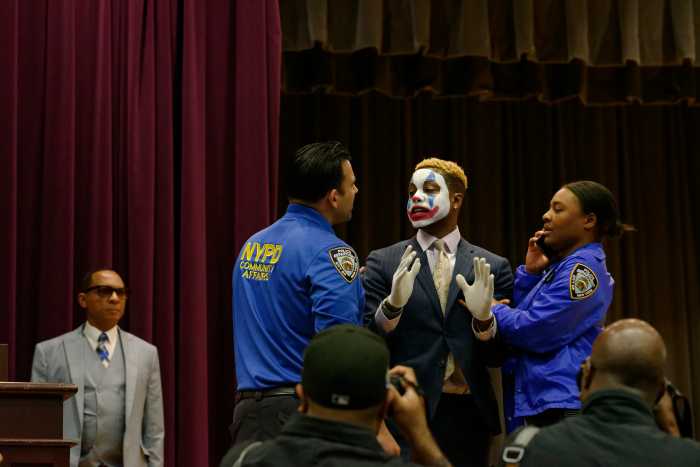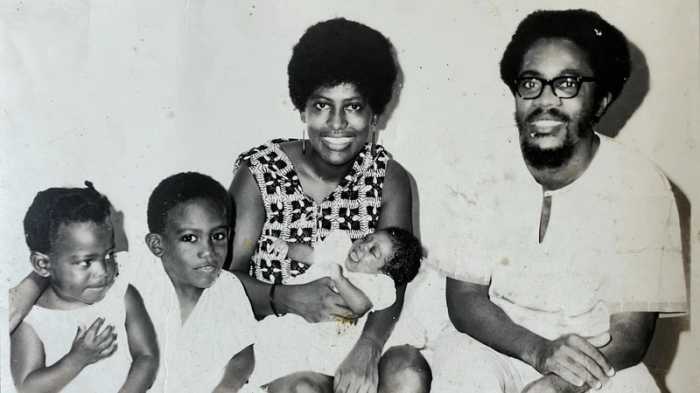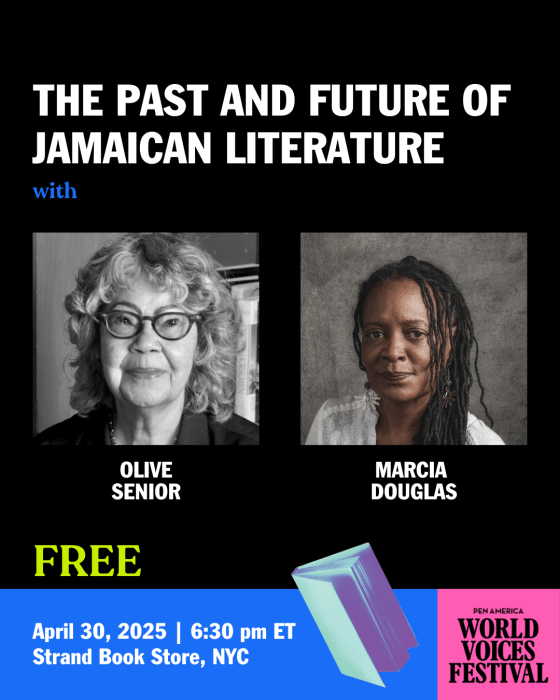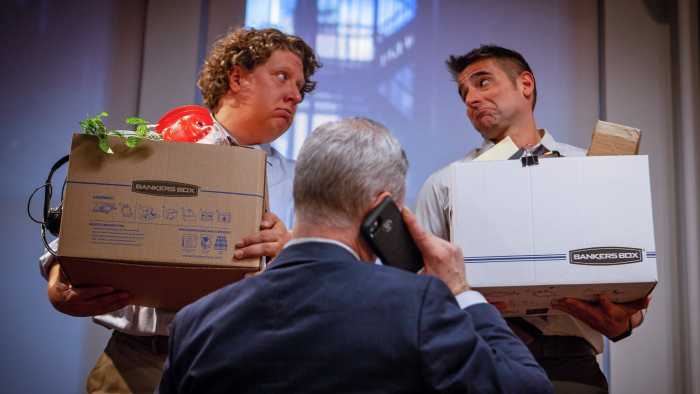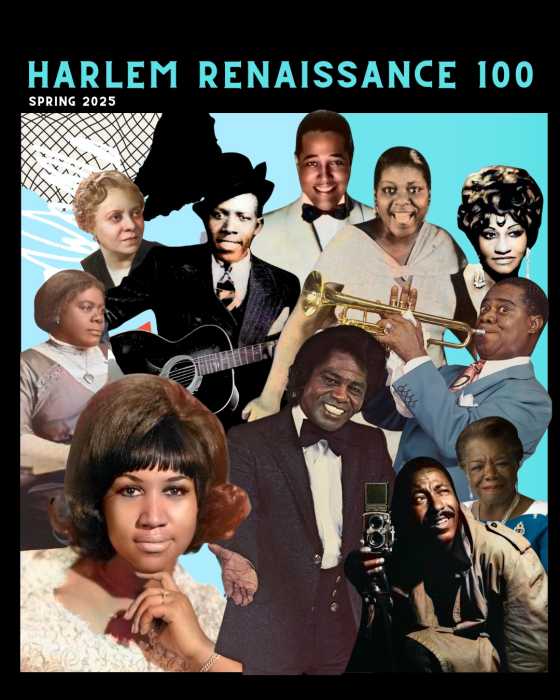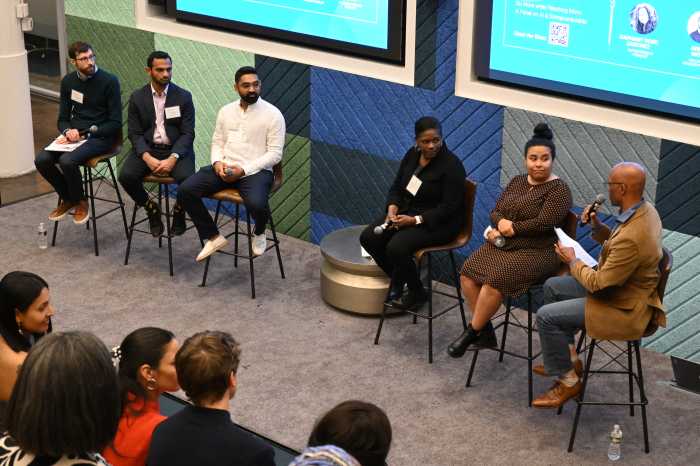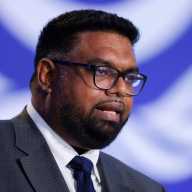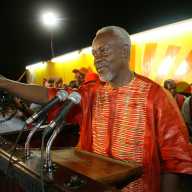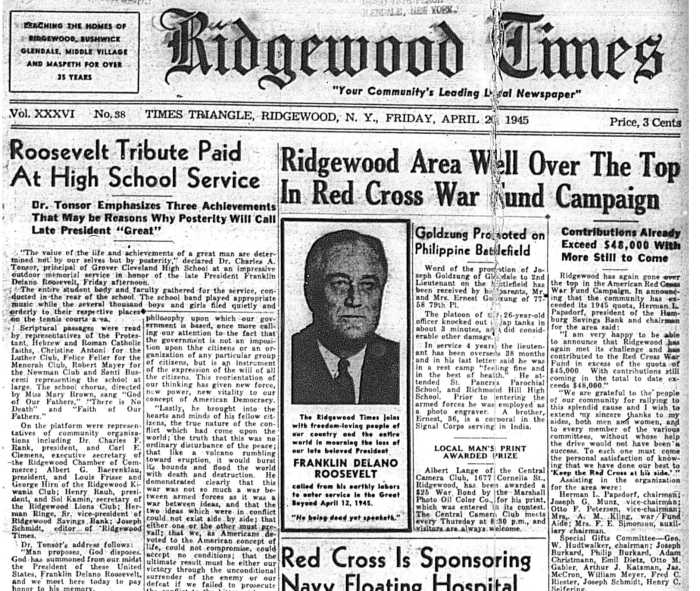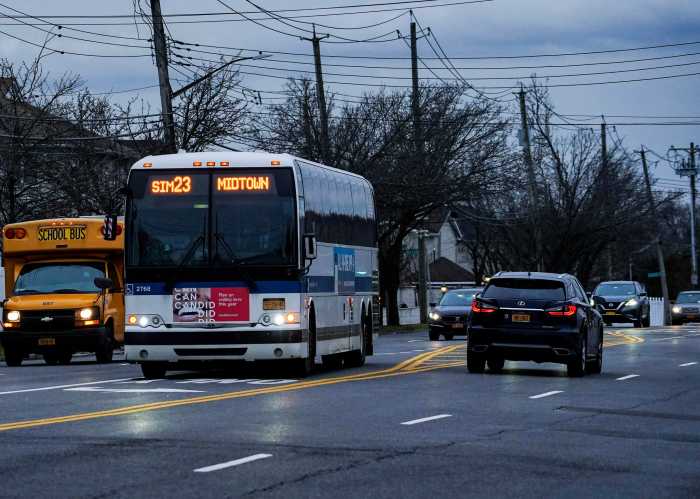One quarter of a century after Muslim Minister Louis Farrakhan mobilized Black males for a Million Man March to discuss discrimination in America, systemic racism remains a challenge however, now a global protest movement against white supremacy has amplified the call for solutions to correct America’s hypocrisy of being the land of the free.
The Oct. 16, 1995 convergence on the National Mall in Washington D.C. assembled a national exodus of Blacks in cars, buses, trains, and planes to respond to a call for community action in solving problems ignored by government.
In the district acclaimed for being the seat of government, the Muslim leader spoke for more than two hours on the topic of white supremacy.
He called for Black self-reliance, admonishing of dysfunctional politicians and implored Black men to first atone for the wrongs committed against Black women while focusing squarely on tackling issues related to police brutality and ending discrimination in the inner cities.
Revs. Al Sharpton and Jesse Jackson, Civil Rights activist Rosa Parks, Martin Luther King Jr., activist Dick Gregory and a plethora of social and political activists echoed and punctuated his message.
An unprecedented number of celebrities, professionals, politicians and ordinary citizens present listened as each speaker offered ideas that could reform the Black community.
The crowd included influencers record company mogul Russell Simmons, rappers Snoop Dogg, Sean P-Diddy Combs, singer/songwriter/activist Stevie Wonder and a myriad of alleged well-intentioned citizens.
In the midst of the crowd from Chicago, citizen Barack Obama.
Of his experience of the daylong event he reportedly told the Chicago Reader afterward: “What I saw was a powerful demonstration of an impulse and need for African American men to come together to recognize each other and affirm our rightful place in the society.”
Twelve years later Obama was elected president of the United States and the first of his race to rule the nation.
Although women were not the target audience, many ignored formality of an invitation to join the gender trender.
Poet Maya Angelou, singer Melba Moore, and Malcolm X’s widow Dr. Betty Shabazz addressed the crowd.
Native Americans showed up too.
Some wore traditional tribal clothing distinguishing themselves yet showing solidarity with the historic cause.
A few erected teepees on the National Mall to display pointed, white, canvas structures near the Reflecting Pool.
And on that bright and sunny day, this Insider pooled reports to inform numerous publications in England, the Ivory Coast, Jamaica, radio, magazines and newspapers in the network of Black media.
The Amtrak train I rode from Penn Station departed on schedule at midnight.
In a packed coach, I found a seat amidst all ages of Black men I feared would question my intention of travelling as an uninvited guest to an event that specifically summoned one million men.
Outfitted in military garb, a tiny flag of Jamaica accentuated my fashion statement.
Cautious that I could be targeted with rebuff from members of the invited gender, to my surprise, not a single passenger bothered to challenge my sense of purpose.
On arrival at Union Station, in the dark of the dawn of the day, I spotted many immigrants and proud expats from the Caribbean brandishing flags from the various nations.
Somehow, the vision of the rainbow banners resonated with a sense of unspoken welcome and inclusion.
Their representation registered a multi-cultural display of pride and solidarity with the cause.
It seemed empowering.
CARICOM nationals showed their colors as if calypsonian SuperBlue had implored them to “get something and wave” on Labor Day on Eastern Parkway.
More appropriately though it was as if the United Nations appealed for a quorum.
Most prominent were huge banners of Marcus Garvey Jrs. red, black and green symbol.
There were also plenty of Ethiopian flags carried by individuals who identified themselves as Rastafarians.
Also in the mix, daring white women who ignored the selective process by showing up.
The atmosphere seemed more like a family reunion fraught with polite interactions, friendly sentiments with embrace and expressions of Oneness.
Adults and children, Black and white, old and young, native and foreign, privileged and underprivileged, political and apolitical, male, female, gay, transgender, religious and secular, conservative and liberal – all willing to join a chorus for change.
Since the historic gathering, police and white supremacists’ killings account for the untimely deaths of Sandra Brand, Breonna Taylor, Trayvon Martin, Freddie Gray, Sean Bell, Amadou Diallo, Eric Garner, Akai Gurley, Ahmaud Aubrey, George Floyd and many, many more.
Decidedly, change did not speed to revolutionize the system but spontaneous protest movements from Alaska to Alabama and states between, surged past borders and continents in 2020 expanding the numbers that united that October in 1995.
That both genders are united in echoing similar calls for a stop to police brutality, equity in housing, health and education, demonstrators are demanding change and simultaneously making a global plea to governments to atone for misdeeds.
Despite torrential rains here, on the 25th anniversary, generations marched across the Brooklyn Bridge to commemorate the Million Man March.
Unfortunately, many lamented the fact the issues remain the same.
Catch You On The Inside!




